Frankie Boyle
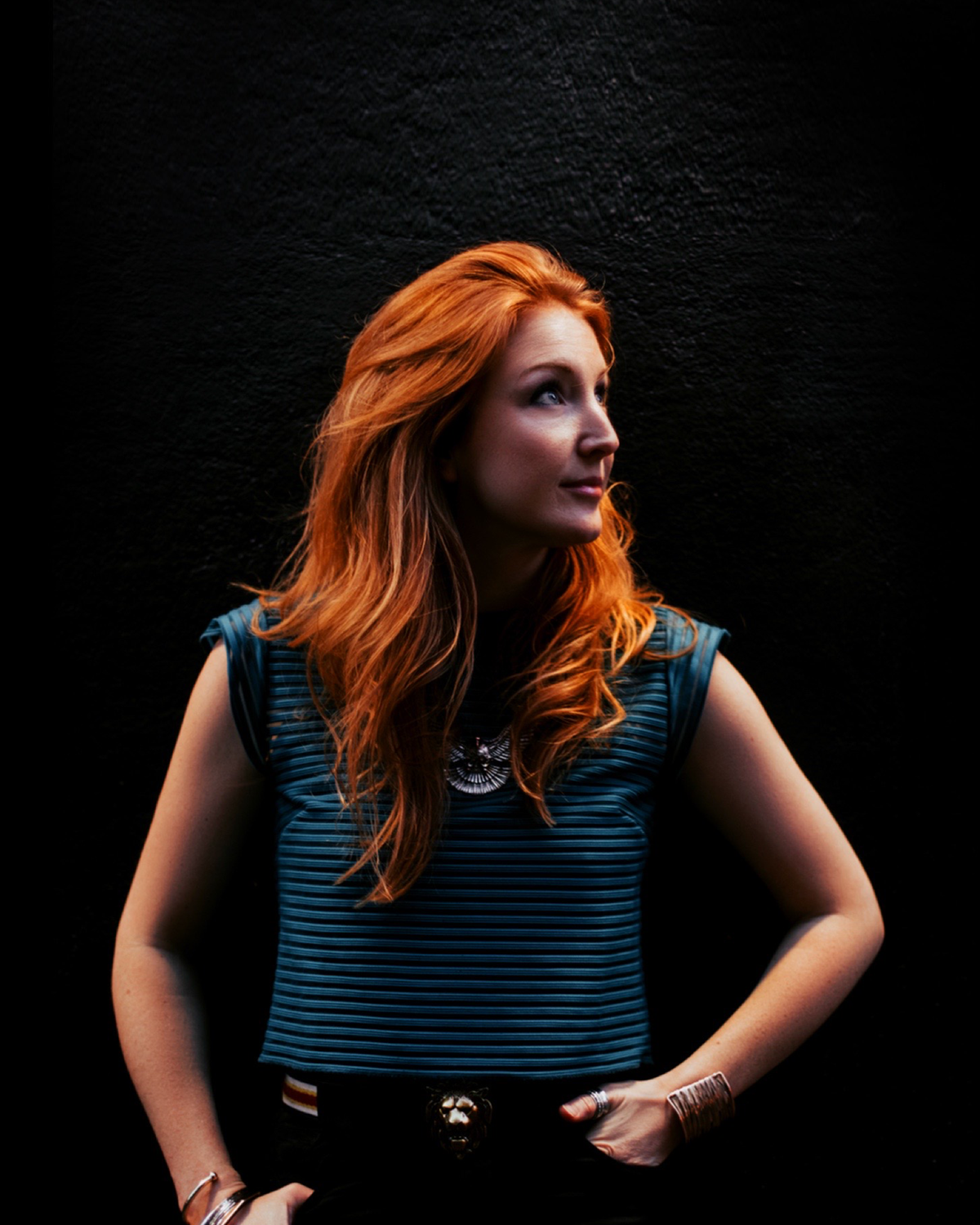
A conversation with
Frankie Boyle
Transcending a speech and language disorder, Frankie Boyle transforms her challenges into an luminous creative power, redefining our understanding and relationship with light and emotion.

You've previously talked about your early realization about the relationship between light and emotion. Can you share more about both the discovery and how your understanding has changed over time?
He was right…it was literally a ‘light bulb moment’.
I was born with a speech and language disorder known as DLD (Developmental Language Disorder) and I really struggled with the processing of language. At the age of seven it became evident that I was managing to fool everyone (including myself) in believing I understood the complexities of language, but this was then established it was due to my high IQ.
This confused the medics and I soon became a bit of a science project! During my many visits to the Child Developmental Centre a Guy’s Hospital, tests were carried out on my receptive language. It became very clear that I used other senses vision (colour) and noise (tone) but specifically light for contextual clues. I associated bright white light with the hospital environment and warmer, softer light with the safety of my home. In addition, I associated different people and different emotions with different colours, you could say, reading their energies!
It has often been commented that I have another language due to my strength in understanding ‘body language’!
My connection with light was actually pointed out by a tutor at University while appraising my work. “‘You do realise everything that you do is connected to light”. He was right…it was literally a ‘light bulb moment’. All of my projects involved light, glass or reflection and emotion in some way.
My parents are both chefs and when helping out at evening events, I realised it was difficult to promote and see the items on the tray. So as one of my degree projects I designed a bespoke LED lit canape tray . To do this meant I had to teach myself how to build circuitry.
Following university, I knew I wanted to do something which involved light because I had this innate ability to understand space and light, and how people reacted to it and connected with it. What I did not know however was the science behind it. Now with the knowledge of the science it has enabled me to create works and talk freely on the subject.
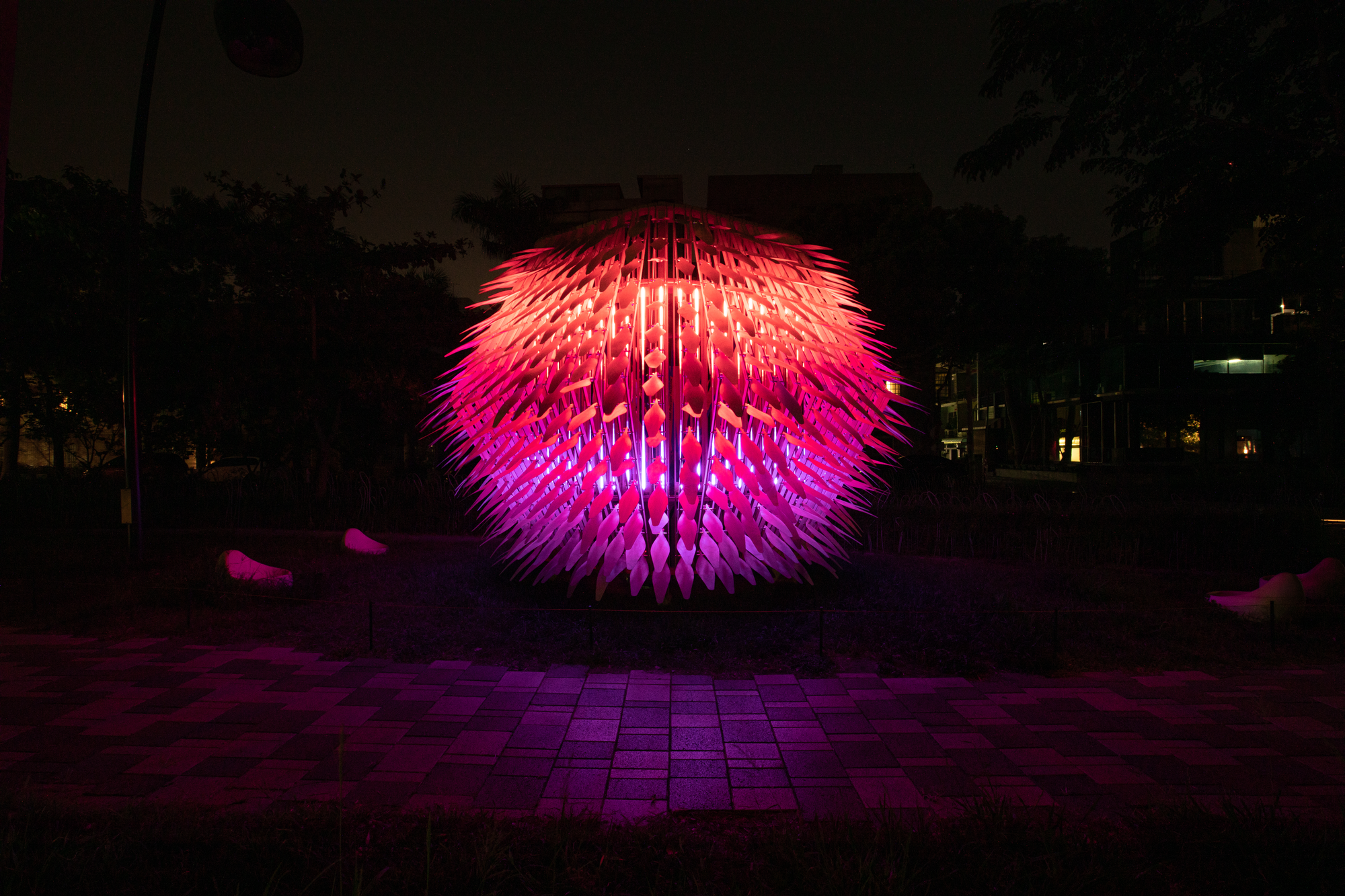
Was your adaptation taught or were you able to map your own way?
I think that's why I became such a science experiment, because I was performing like a normal child but I was puzzling those around me. You can’t ask what you don’t realise you don’t understand! Initially it was thought that I could be deaf, as I would look at people so intently and try and get contextual clues from their voice or expression. But it was my extremely high IQ which compensated for my disability.
I think that's why I became such a science experiment
Now I am aware that I take a completely different route to others to solve a problem, but I am also aware that it is central to my unique way of working.
My heightened receptivity to body language and emotions, meant relationships were hard as my peers did not understand my inability to understand simple tasks. And I didn't understand why what they said and what they meant were two very different things!
What’s the relationship of story to your work?
I aim to create spaces that allow people to tap into their parasympathetic nervous system
When people experience my artwork, I want them to connect deeply with themselves or others. Whether through emotions of happiness, escapism, meditative or wonder, each piece I create ideally must have movement as well as light. Over 4 billion years of evolution, our senses have been fine-tuned to interpret the world through the movement of light. In the modern world, we are bombarded with stimuli, which can be overwhelming, especially for someone neurodivergent like myself.
I aim to create spaces that allow people to tap into their parasympathetic nervous system, thereby promoting relaxation and introspection to help people feel present and connected.
However, It does not always have to be digital light forms, it can be dimming, reflections, moving in the sunlight, watching the sunset for example….anything that makes and helps people feel present and connected.
The reason why Biophilic design is so intrinsic and fashionable at the moment is because it works with our nervous system which has two different streams, the sympathetic and parasympathetic: Fight or flight or relaxation.
"Biophilia" is a dynamic art installation, capable of changing its shape and form to adapt to the environment in which it is hung.
You've released content previously about home lighting. Can you talk about the importance of lighting in everyday environments?
To replicate Mother Nature as much as possible is crucial. During the day you want a bright white box overhead to see everything clearly. However, as the sunsets you should lower the lighting to eye level and introduce warm orange tones. This shift not only transforms the space into a cosy haven but also significantly benefits your mental health by signalling to your brain it time to wind down.
Disruption in a circadian rhythm can lead to various health issues, so getting the lighting right in your home is essential. While we focus on eating right and exercising, light is arguably more important because it directly connects your brain to your bodily function. We are internally programmed to track the sun’s movement and maintaining this natural rhythm in our environments is vital.
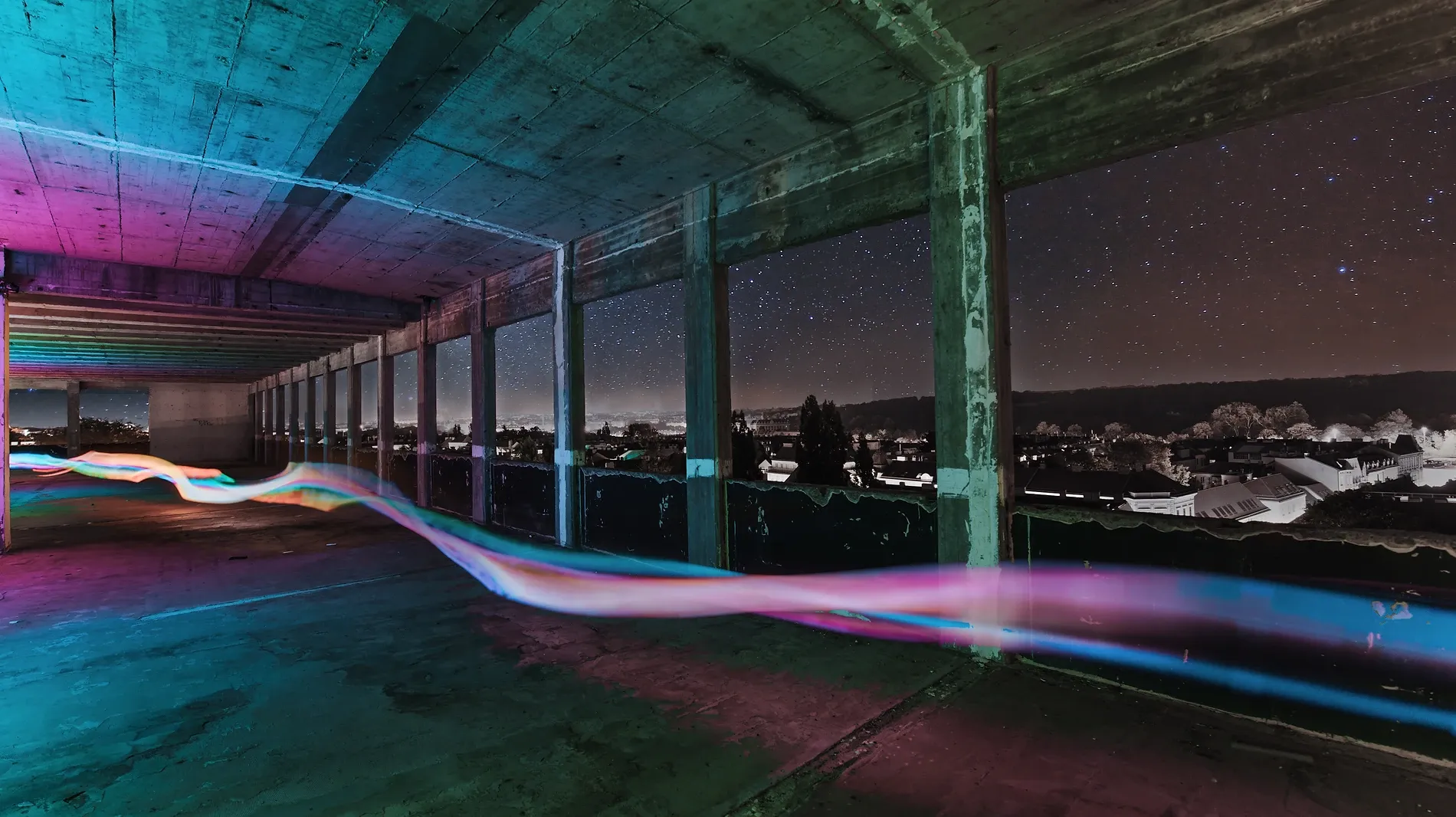
What do you see as the future of physical digital convergence?
The way light interacts with people and environments profoundly affect our emotions and connections.
The future lies in technology that enhances our spatial awareness and connects us more deeply with our environments. Thereby the force of our inherent understanding of natural elements like sunlight will succeed. A great example was at the Balenciaga fashion show where video screens displayed waves overhead, creating a breath taking experience that felt intuitive and profound.
However, some technologies like Google Glass, I believe go too far because they lack an emotional connection. The key to successful technology integration is ensuring it feels familiar and emotionally resonant. I think people get obsessed with screens, and it's a shame because we're looking through a 2D platform into a 3D space.
In my work, light’s physical presence and interaction in a space always surpass its representation on camera. The way light interacts with people and environments profoundly affect our emotions and connections.
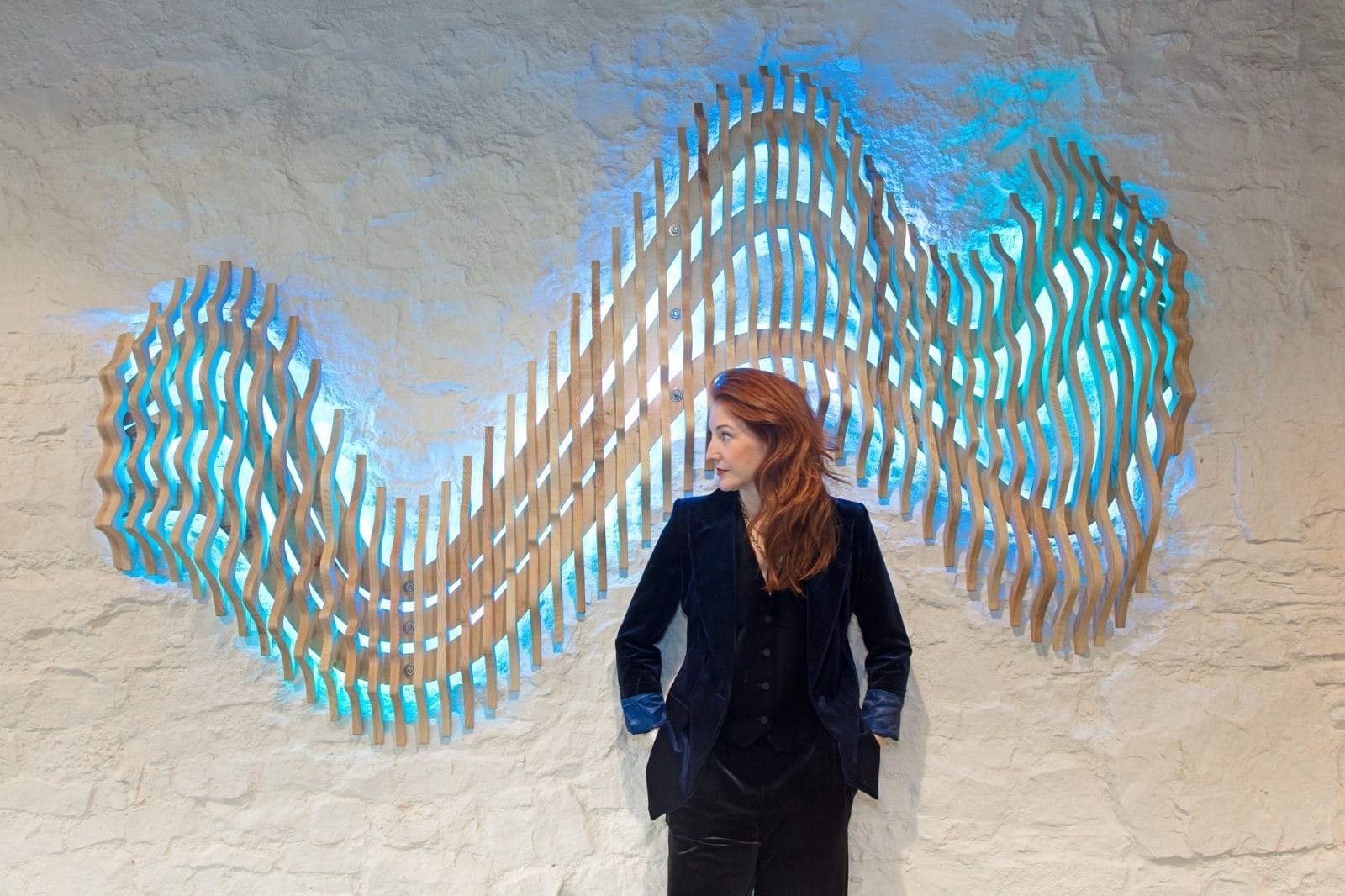
What do you see as the future of interactivity in art?
Interactivity in art should go beyond mere button pressing on our phones, which has become mundane. The most potent inactivity lies in our natural responses like a heartbeat or breathing.
The Apple Vision Pro, for example, offers and immersive experience that feels connected to the real world, unlike traditional VR that feels like escapism through a screen.
True interactivity in art should evoke a physical and emotional connection, creating depth and a sense of presence that goes beyond visual input alone.
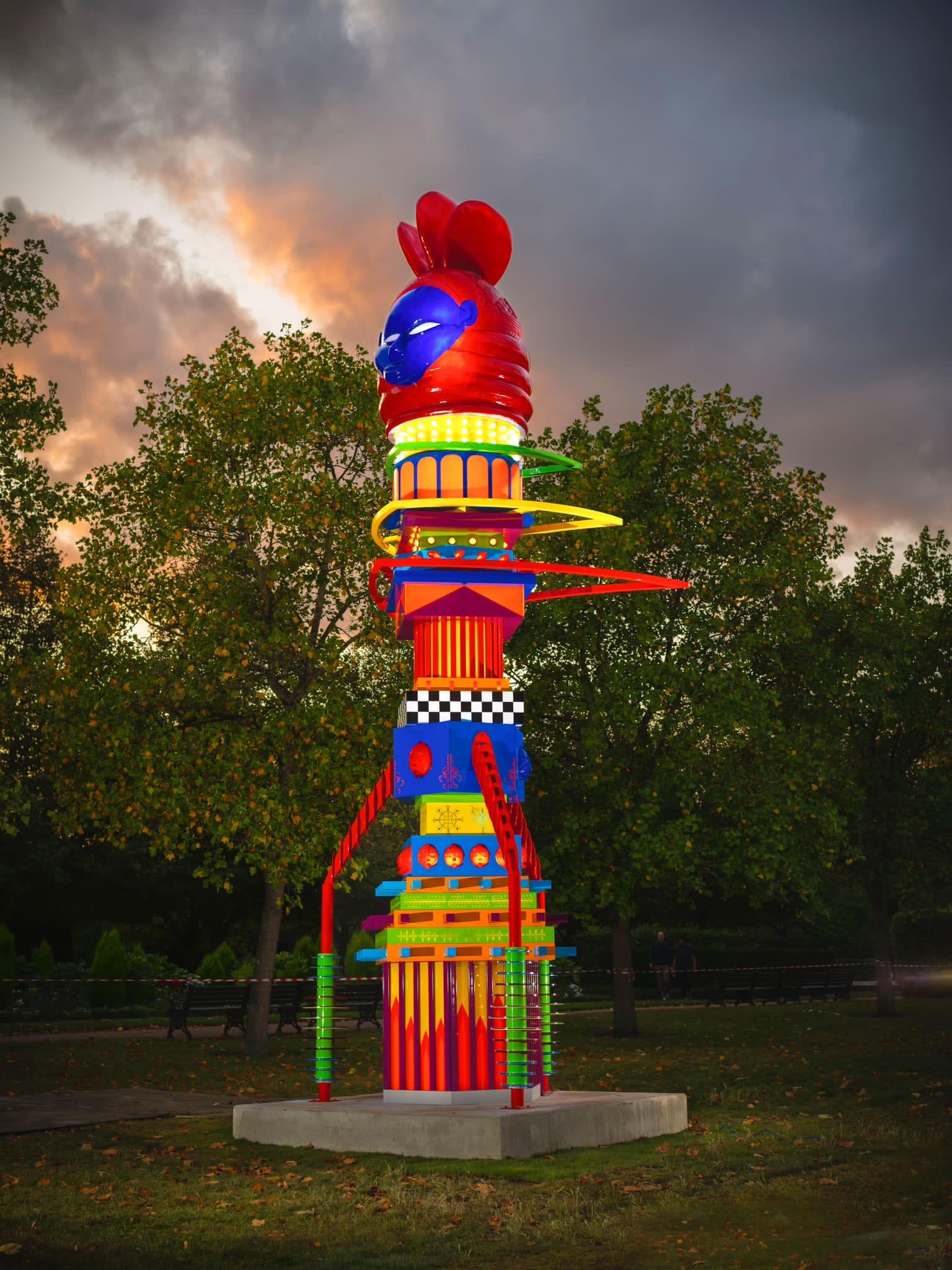
What are the things that are inspiring you outside of what other people have what people might expect?
My favourite moments often involve finding a good tree, a breath taking view and enjoying great food…these are the experiences that truly inspire me.
While I am deeply fascinated by light, I also have a keen interest in human behaviour and psychology. I love exploring why humans connect in certain ways, delving into self-development and understand subconscious and conscious realities. This fascination often influences my work.
Coming from a family of chefs, I also have a passion for cooking, which I see as another form of sensory expression. The environment, space and food intertwine in ways that deeply resonate with me. My favourite moments often involve finding a good tree, a breath taking view and enjoying great food…these are the experiences that truly inspire me.
"Lucid" is inspired by the fascination of our connection to light and our dream like state that occurs when we find ourselves staring into the depths of a naked flame.
What are you working on now?
I will be exhibiting one of my installations at the ‘I light U’ light festival in Utrecht in January. I am currently curating a body of work to exhibit with a gallery, showcasing the beauty of light and our human connection towards it. Also, there are some other very exciting things on the horizon as well which I cannot say just yet, so stay tuned!

